1990s – 2000s CLPPP Timeline
- Timelineicon

2009
- CDC released Guidelines for the Identification and Management of Lead Exposure in Pregnant and Lactating Women pdf icon[PDF – 4 MB] which provided scientific evidence and clinical guidance for identifying lead exposure in both mothers and infants.
- Timelineicon
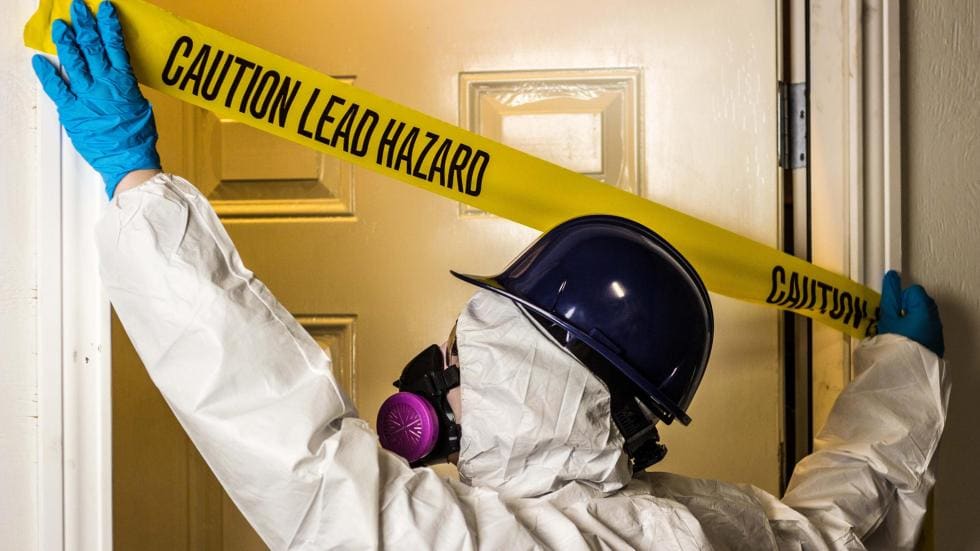
2008
- Consumer Product Safety Improvement Act mandated reducing the lead limit in children’s products to 0.009% by weight.
- The Environmental Protection Agency (EPA) Renovation, Repair, and Painting (RRP) Rule was enacted to protect the public from lead-based paint (LBP)-hazards associated with renovation, repair and painting activities. The rule requires contractors that disturb LBP in pre-1978 homes and child-care centers to be EPA- or state-certified and to follow specific work practices to prevent lead contamination.
- EPA strengthened the National Ambient Air Quality Standard for lead from 1.5 µg/m3 to 0.15 µg/m3.
- Timelineicon
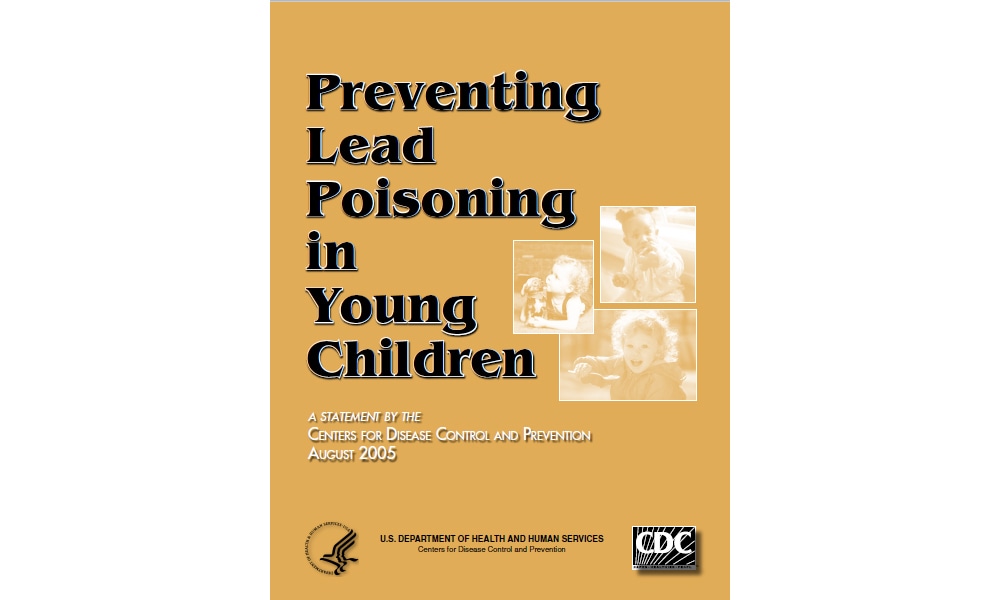
2005
- CDC updated Preventing Lead Poisoning in Young Children pdf icon[PDF – 2 MB], which recommended lowering the BLL for home environmental investigations from 20 to 15 µg/dL.
- Timelineicon
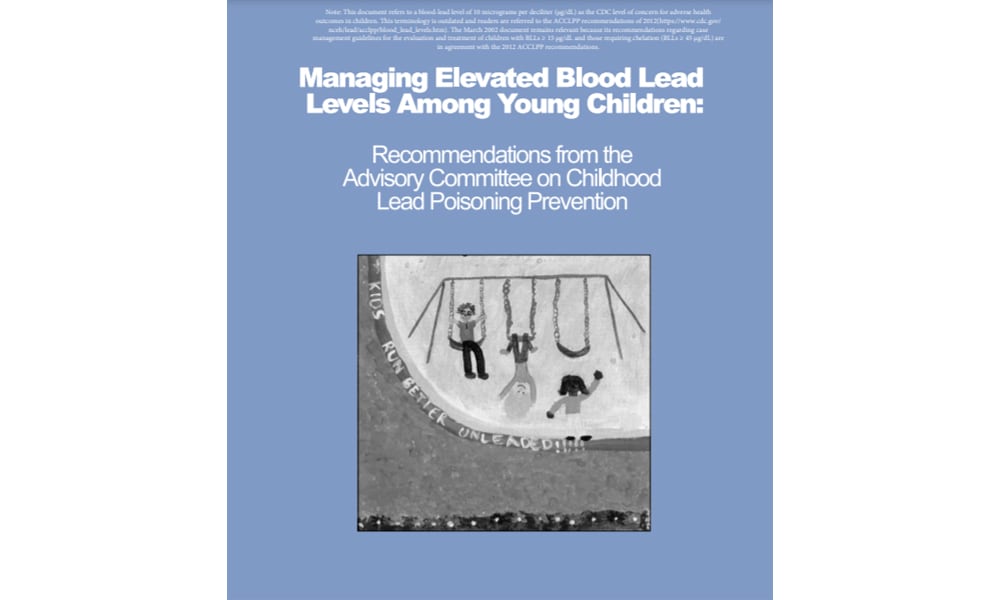
2002
- CDC published Managing Elevated Blood Lead Levels Among Young Children pdf icon[PDF – 4 MB], which explained components of a comprehensive case management plan based on the Advisory Committee on Childhood Lead Poisoning Prevention (ACCLPP) recommendations.
- Timelineicon
2000
- The President’s Task Force on Environmental Health Risks and Safety Risks to Children released Eliminating Childhood Lead Poisoning: A Federal Strategy Targeting Lead Paint Hazards pdf icon[PDF – 4 MB] which made recommendations aiming for the elimination of childhood lead poisoning.
- The Lead and Copper Rule was revised to allow publicly owned sectors to conduct partial service line replacements.
- Timelineicon
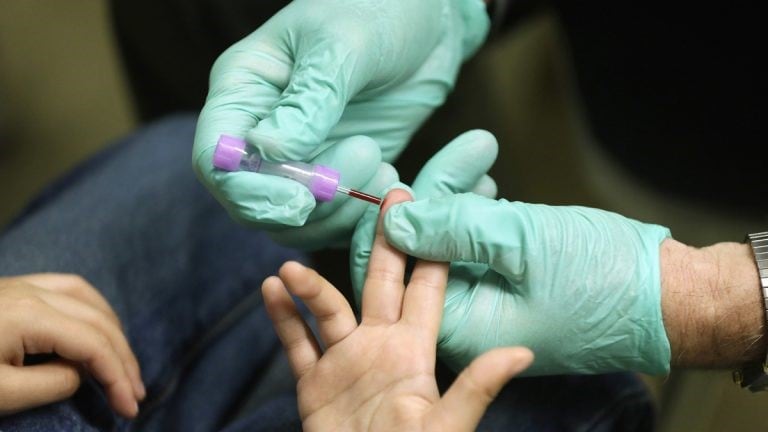
1998 - 2010
- Yearly appropriated funding levels for CDC Childhood Lead Poisoning Prevention Program (CLPPP) averaged $36 million through the mid-2000s. CDC recommended targeted screening and focused on improving surveillance.
- Timelineicon

1997
- CDC recommended targeted screening efforts to focus on high-risk neighborhoods and children based on age of housing and sociodemographic risk factors.
- Timelineicon

1996
- The ban on leaded gasoline for most motor vehicles became effective.
- Timelineicon
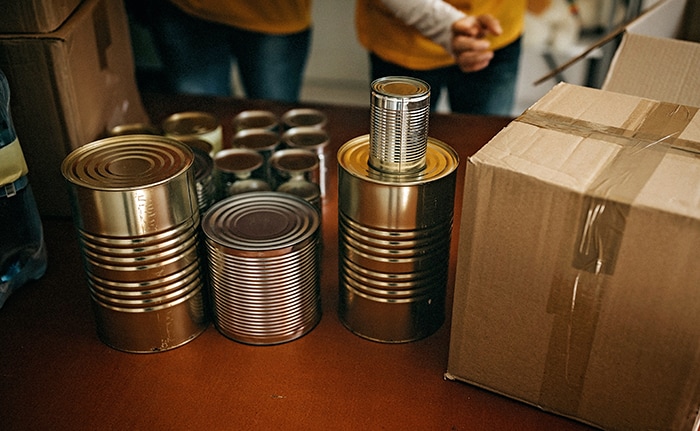
1995
- A total ban on food cans with lead solder, including imported cans, became effective.
- CDC collaborated with the Council of State and Territorial Epidemiologists (CSTE) to develop a national surveillance system for monitoring blood lead levels (BLLs) in the United States, and reporting of BLLs became the first noninfectious condition to be notifiable at the national level.
- CDC CLPPP began collecting blood lead surveillance data on children younger than 16 years from state health departments. Awarded $29 million in extramural awards.
- Timelineicon
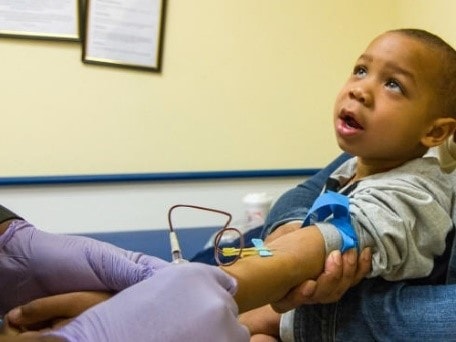
1993
- The Centers for Medicare and Medicaid Services (CMS) adopted CDC’s universal screening requirements for children receiving Medicaid benefits.
- Timelineicon
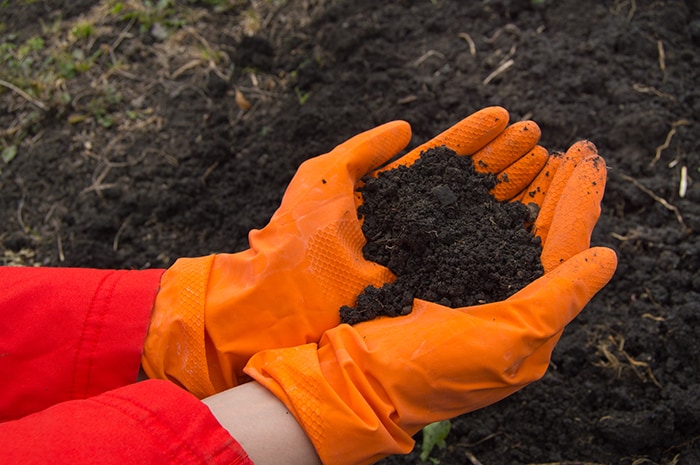
1992
- Title X of the Housing and Community Development Act (Residential Lead-Paint Hazard Reduction Act) expanded lead-based hazards to include lead-contaminated dust and soil and shifted response to a preventative strategy.
- Timelineicon
1991
- The Department of Health and Human Services (HHS) released the Strategic Plan for the Elimination of Childhood Lead Poisoning that set forth a comprehensive agenda to eliminate childhood lead poisoning.
- CDC began promoting primary prevention activities, such as community-wide environmental interventions and education and nutritional campaigns, to lower children’s BLLs to <10 µg/dL.
- The Environmental Protection Agency (EPA) published the Lead and Copper Rule to minimize lead and copper in drinking water and established a maximum contaminant level goal (MCLG) of zero for lead.
- CDC recommended screening by blood lead testing for virtually all children aged 1 to 5 years and that all children younger than 2 years be screened at least once.
- Timelineicon
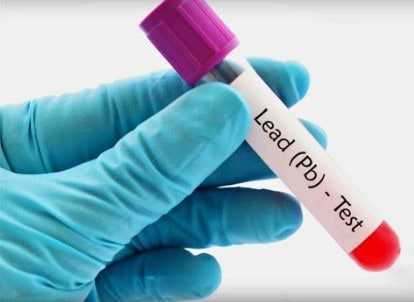
1991-2012
- CDC’s “blood lead level of concern” was defined as children with BLLs ≥ 10 µg/dL.
- Timelineicon
1991-1997
- CDC CLPPP received full funding which supported a comprehensive program that recommended universal screening and provided guidance on case management.
- Timelineicon

1990
- The Clean Air Act Amendments issued a final ban on leaded gasoline for most motor vehicle use.
Page last reviewed: April 28, 2022